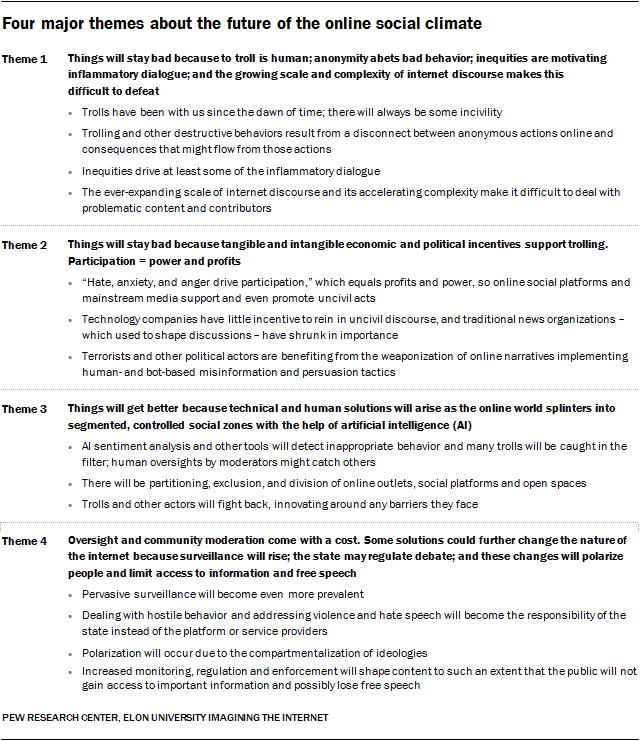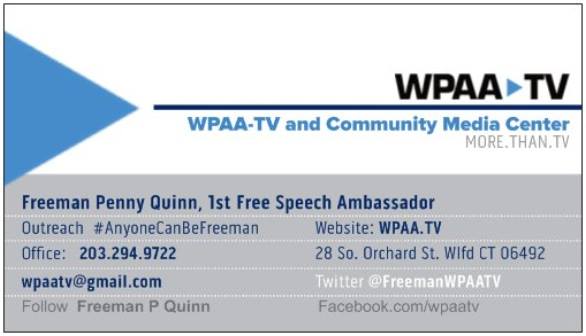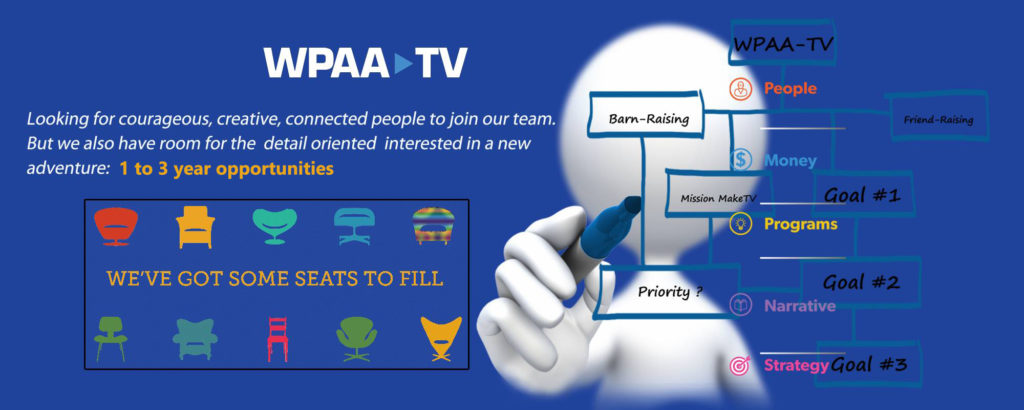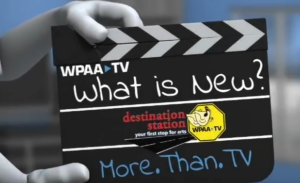Stories Need to be Shared
The life of an organization such as Wallingford Public Access Association (WPAA), intersects with and touches lives in unpredictable ways. Often, outcomes are not readily quantified for donors, but when they are shared with them in a story, the outcomes and results may be clarified, and perhaps stir us to laughter or bring us to tears. Stories inspire us to remain connected to the mission of the organization. Connecting through stories cultivates something bigger than each of our individual reasons for joining in. There is little doubt that whether one is either giving some benefit to or receiving some benefit from the organization, when telling or listening to its stories, lives are changed.
Stories are Meant to be Told
As a growing organization with a working Board of Directors, our cycles have been as unpredictable as our services: Whatever walks in the door. We have not yet developed the brass tacks of planning the Board Meeting Agenda based on the cycles of work. However, organizational maturity is getting us closer to constructing a governance platform; that feels promising.
But more important than the structures we construct to govern are the reasons we decide to join in to begin with. As a community media organization that enables storytelling and informed conversation, we have come to realize that stories in our meetings are as vital as in our work.
Stories Enhance Meetings
At our last board meeting, I told many stories including a founder’s story, collaboration and journey stories. There was much laughter and even a moment when I nearly came to tears. Then as a team, everyone contributed in a discussion of the policy gaps and envisioned a revised TV distribution schedule that these stories identified a need for. We affirmed being on the ‘same page’ throughout. In two hours, much work was accomplished and new understandings achieved. A young prospective board member recapped as follows:
I think you guys are definitely moving in the right direction. I am hopeful to be appointed to the board.
It is gratifying to know that more intersections are being formed and starting to root for growth in our community.
Stories Influence Us
Another revealing comment was emphatically announced with some concern:
Board members and volunteers seem to pass through here; when they leave, they do not come back.
This may not be a bad thing. Each of us becomes a volunteer for different reasons. Having personal goals to achieve can either support or conflict with the mission of the organization. Making room for both the personal and organizational goals is a challenge.
Often there are unexpected, serendipitous contributions that might never have been foreseen in strategic goals or targeted in individual aspirations. Successful leveraging of personal goals for the greater mission is my job as Executive Director. I know I have succeeded when the outcome will make a good story.
Stories Change Lives
Ironically, the Wallingford Public Access Association, Inc. (WPAA) originated from community discord. From the stories I hear, the original incorporators were not extremely passionate about free speech, transparency in government, inclusion, or the free exchange of ideas. Yet, collectively their interest in technology, media arts, supporting their church’s outreach, a desire for a supplemental retirement income, or the need to be part of a group, directed the passions of early cable TV activists. The groundwork of activists across the nation and availability of cable fees provided roots for WPAA to contribute to the life-changing stories of our community and to transform it into WPAA-TV and Community Media Center.
Stories Inspire Us
It is quite appropriate that as a community we memorialize Russ Styles,
founding member and original station manager of WPAA where he served on the Board of Directors as treasurer for many years, as well as on the Cable Advisory Council for South Central Connecticut.
Russ Styles shared many stories about videotaping parades, tangled cables, new innovations in cameras, acquiring building keys to have access to equipment at night, his love of free meals and his fun retirement job. It was Russ who invited me to participate here in Wallingford. As a result of his stories, I wished to become part of the advancement of WPAA as it embraced the visions of original cable advocates.
Eventually, his personal goals did not remain aligned with the evolution of WPAA. In remembering Russ’s contributions, I can only wink, chuckle and remind myself to say:
Be careful what you wish for.
Stories Connect Us
I encourage more of you to come as you are able. Come to fulfill both an individual aspiration and the mission of WPAA-TV and Community Media Center. Come to connect with us, to contribute and share in being that unexpected and serendipitous part of our community story.





